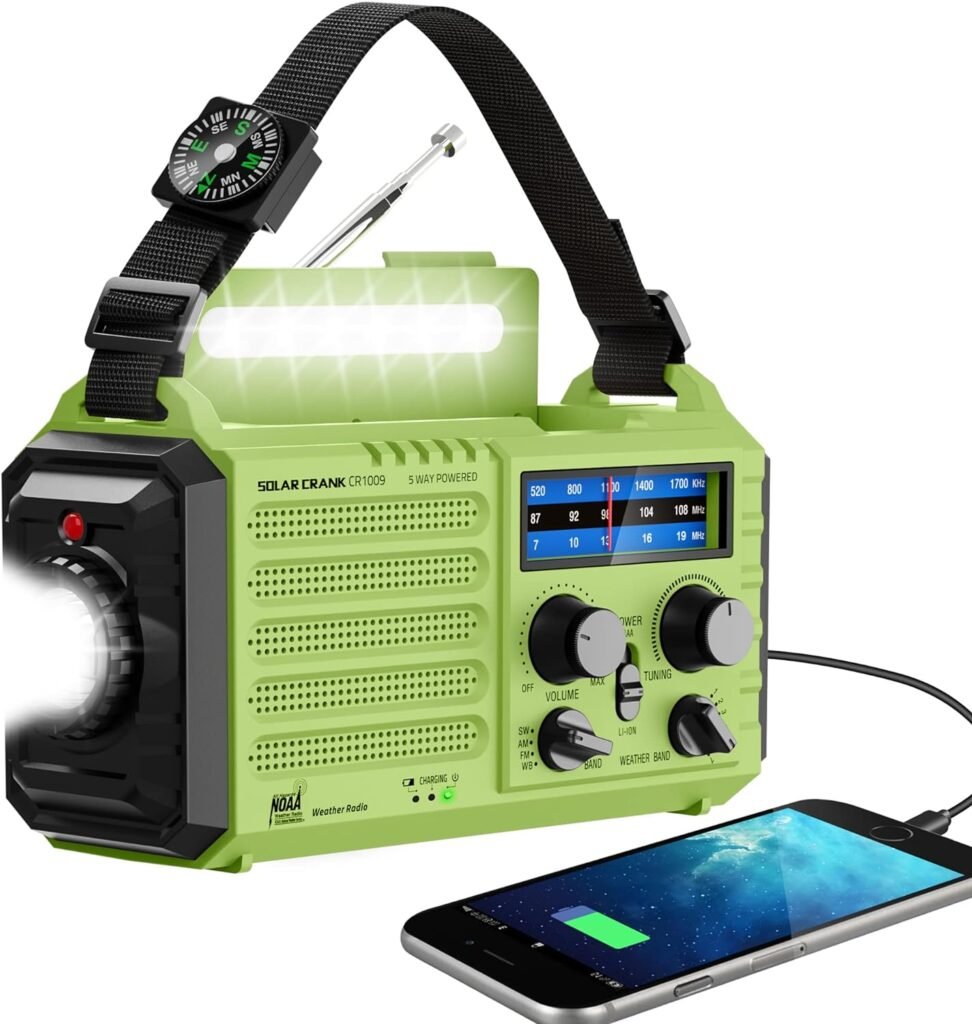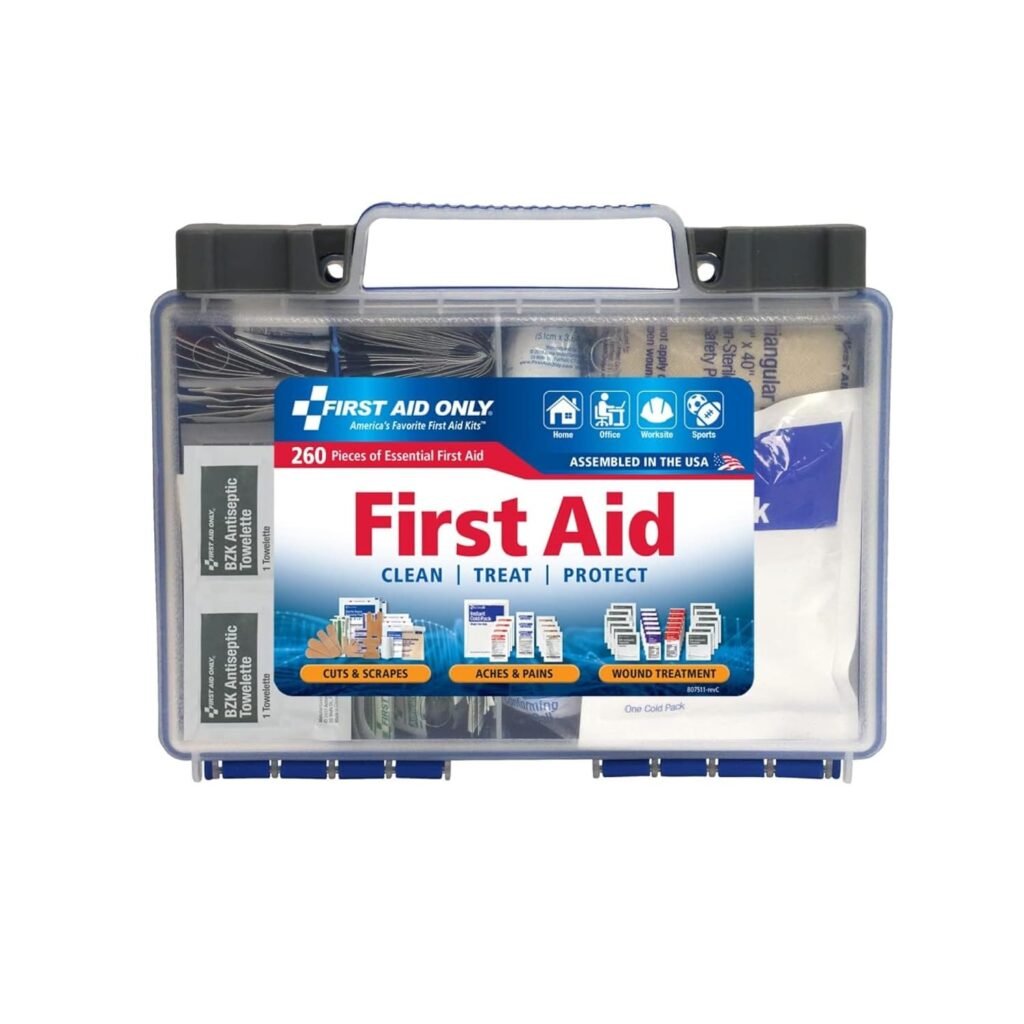Understanding the Dangers of Hurricanes
Hurricanes are among the most powerful and destructive natural disasters, characterized by their strong winds, heavy rainfall, storm surges, and the potential for extensive flooding. Each component poses unique dangers that can significantly impact communities, infrastructure, and personal safety. The strong winds associated with hurricanes can reach speeds exceeding 150 miles per hour, resulting in severe damage to buildings, uprooting trees, and turning unsecured objects into lethal projectiles. This can lead to injuries and fatalities, highlighting the necessity for individuals to adequately prepare for a hurricane.
Heavy rainfall is another significant hazard that accompanies hurricanes, often leading to flash flooding. This can overwhelm drainage systems and cause water levels to rise rapidly, posing a serious threat to both life and property. Urban areas, in particular, are vulnerable due to their infrastructure, which may not be designed to handle such deluges. In addition to immediate physical harm, flooding can lead to long-term repercussions, including mold growth and damage to electrical systems.
Storm surges represent one of the most lethal aspects of a hurricane. The rise in sea levels driven by the storm can flood coastal areas, inundating homes and leading to mass evacuations. Communities located near shorelines are at particular risk, and statistics reveal that storm surges are responsible for the majority of hurricane-related fatalities. Understanding these dangers is critical, as approximately 50% of all hurricane-related injuries and fatalities are linked to natural hazards associated with high wind, flooding, and storm conditions.
Effective preparation for a hurricane not only involves understanding the immediate threats but also the long-term risks to health and safety. Families and communities need to prioritize hurricane readiness through education, resource allocation, and emergency planning to mitigate the impacts of these formidable storms.
Hurricane Preparation: Key Steps to Take
Hurricane preparation is crucial in minimizing risks and ensuring safety for you and your loved ones. The fundamental step in preparing for a hurricane is to gather essential supplies. A well-stocked emergency kit should include food and water sufficient for at least three days. Non-perishable food items, such as canned goods and energy bars, along with at least one gallon of water per person per day, are vital. Additionally, ensure that your kit contains batteries, flashlights, and a battery-powered radio to remain informed during power outages.
Another critical element of preparedness is the creation of an emergency plan. This involves determining escape routes, identifying a safe meeting place, and establishing communication strategies with family and friends. Inform all household members about the plan and conduct practice drills to ensure everyone knows what to do when a hurricane approaches. It is essential to stay alerted for weather updates and heed any evacuation orders issued by local authorities.
Moreover, securing your property against potential hurricane damage is an important aspect of preparedness. This includes installing storm shutters, reinforcing doors and windows, and ensuring that outdoor objects are secured or stored away. If you live in a flood-prone area, consider elevating electrical appliances and critical utilities to minimize potential water damage.
Finally, it is beneficial to have a first aid kit readily accessible and monitor the medical needs of family members. This kit should include basic supplies such as bandages, antiseptic wipes, medications, and any specific medical equipment required. Taking these proactive measures not only enhances your safety but also contributes to better medical preparedness during the hurricane season.
Medical Preparedness: What to Have on Hand
In the context of hurricane preparedness, ensuring that medical needs are addressed is of paramount importance. Hurricanes can disrupt healthcare services and lead to significant challenges in accessing necessary medical attention. Therefore, it is essential to have a well-stocked first aid kit readily available, as well as all necessary prescription medications. A robust first aid kit should include items such as adhesive bandages, antiseptic wipes, gauze pads, medical tape, scissors, tweezers, and pain relievers. Additionally, it is advisable to include supplies for specific medical conditions, such as inhalers for asthma or insulin for diabetes.
Furthermore, individuals should take note of any prescription medications that are critical for their health and ensure they have an adequate supply to last through a hurricane and any subsequent disruptions. It is prudent to organize these medications in a waterproof container, allowing for easy accessibility and protection from the elements. In situations where access to healthcare becomes limited after a hurricane, being proactive in securing these essentials can mitigate risks associated with chronic conditions or sudden medical issues.
In terms of common medical concerns during and after a hurricane, injuries—ranging from cuts and bruises to more serious wounds—are prevalent. It is crucial to be prepared to manage these injuries effectively using the supplies from your first aid kit. Additionally, the risk of infections increases due to contaminated water and limited hygiene facilities. Therefore, having antiseptics and antibiotic ointments on hand can be invaluable. Community resources, such as local health departments, may provide further guidance on how to manage specific health concerns that may arise in the aftermath of a hurricane.
In conclusion, comprehensive medical preparedness is crucial when facing hurricanes. By equipping oneself with necessary first aid supplies and ensuring that all medical prescriptions are accounted for, individuals can better protect their health in challenging circumstances.
After the Storm: Recovery and Safety Measures
Following a hurricane, the recovery phase is critical for both physical and emotional well-being. It is essential to assess your environment for safety risks and evaluate your own condition. Start by checking for injuries among family members and yourself, taking note of any physical ailments that may need attention. In the aftermath of a hurricane, individuals are at increased risk of experiencing anxiety, depression, and post-traumatic stress disorder (PTSD). Therefore, seeking mental health support should be a priority, as emotional recovery can be just as important as physical recovery.
Physical risks are also significant during the cleanup process. Contaminated water can pose serious health dangers, as floodwaters may contain harmful pathogens. Ensure you have an adequate supply of clean water for as long as necessary after the hurricane. Additionally, never assume that the power has been restored; downed power lines present a lethal hazard, and one should maintain a safe distance from them. Make sure to stay updated with local news alerts about the area’s safety and follow instructions from emergency services.
During cleanup, it is advisable to wear protective gear such as gloves, masks, and sturdy footwear to prevent injuries and exposure to contaminated materials. If you encounter situations that present health risks, including mold growth or hazardous debris, do not hesitate to contact professionals for assistance. Medical preparedness remains crucial during this time, as access to healthcare services may be diminished. Keep an emergency kit that includes basic medical supplies, and know the location of medical facilities that might still be operational.
In conclusion, the recovery phase after a hurricane requires careful attention to both physical and emotional health. By prioritizing safety and seeking assistance when needed, individuals can promote a healthier environment for themselves and their communities as they work through the aftermath of such a devastating event.




